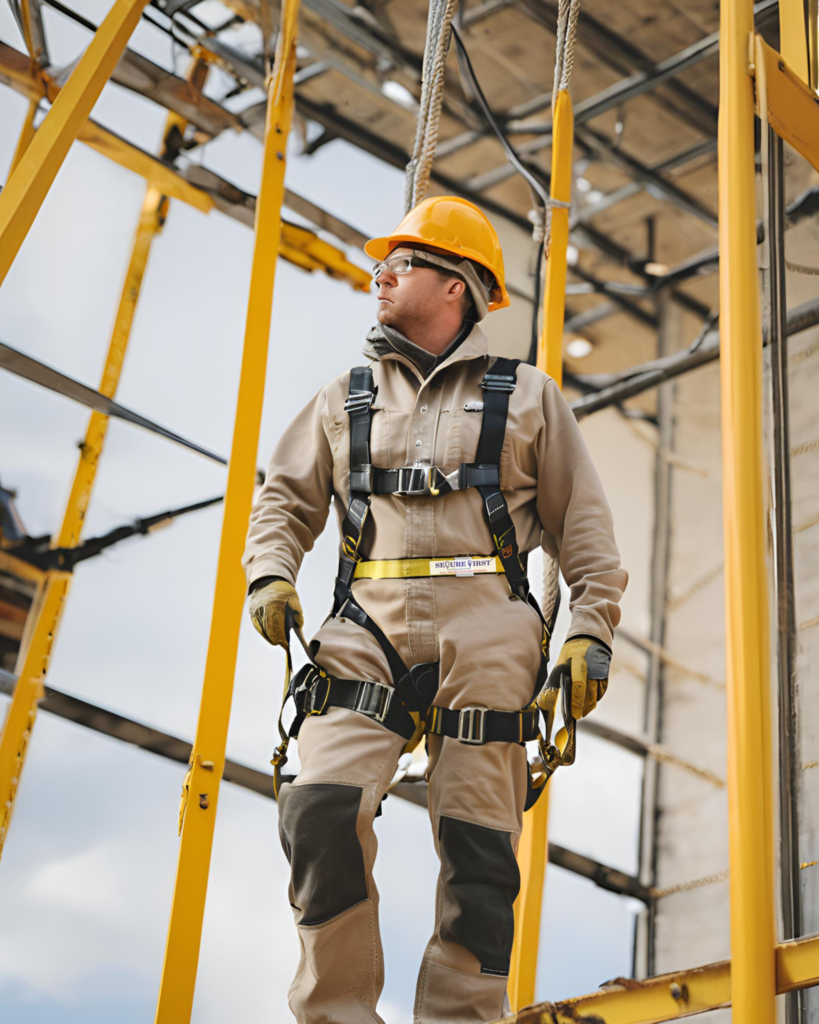
A full body safety harness is an essential piece of protective equipment designed to prevent falls and ensure worker safety when working at heights. Whether you are in construction, maintenance, or industrial work, using a safety harness correctly can significantly reduce the risk of accidents. Understanding the proper steps for wearing, adjusting, and inspecting your harness is crucial for maximum protection.
Key Steps to Properly Use a Full Body Safety Harness
- Inspect the Harness Before Use
Before wearing a safety harness, conduct a thorough inspection. Check for any signs of wear, frayed straps, damaged buckles, or loose stitching. Ensure all components, including D-rings and fasteners, are in proper working condition. - Wear the Harness Correctly
Put on the harness like a vest or step into it, depending on its design. Ensure the straps are not twisted and the D-ring is positioned at the center of your back between the shoulder blades. - Adjust the Straps for a Snug Fit
Tighten all straps, including the chest, shoulder, and leg straps, so the harness fits securely but does not restrict movement. A properly adjusted harness should allow only two fingers to fit between the strap and your body. - Connect to a Secure Anchor Point
Always attach the lanyard or lifeline to a reliable anchor point that can support at least 5,000 lbs. The connection should allow for free movement while keeping you secure in case of a fall. - Perform a Final Check
Once everything is in place, do a quick self-inspection. Ask a coworker to check for proper fit and secure connections before starting work.
Conclusion
Using a full body safety harness properly can save lives and prevent serious injuries when working at heights. Regular inspection, proper fitting, and secure anchoring are essential for ensuring maximum protection. By following these safety measures, workers can confidently perform their tasks while minimizing fall risks. Always prioritize safety and adhere to industry regulations for harness use.
